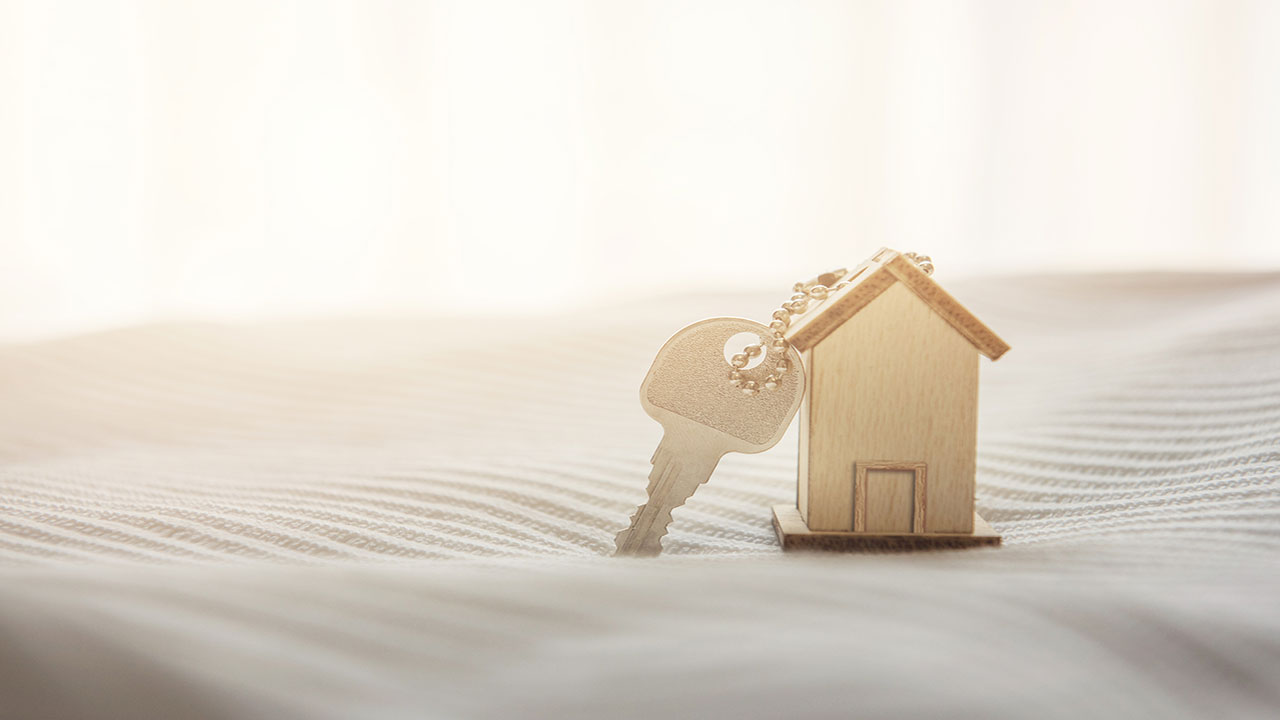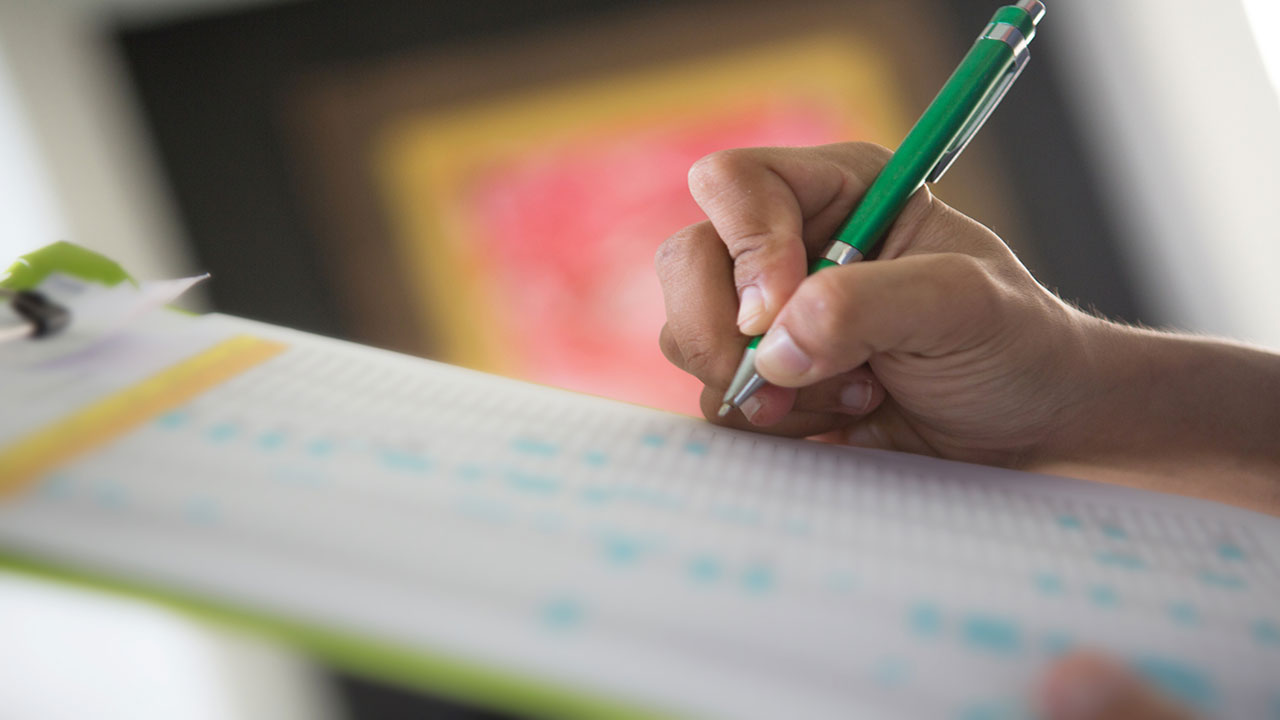How to Handle the Final Walk-Through Inspection Before You Close

The final walk-through of a home is your last chance to make sure all is as it should be before you close on the deal. During this crucial visit, you’ll have the opportunity to see if anything has changed from the last time you visited.
You’ll be able to make sure that all aspects of the home are in the same condition as when you agreed to purchase it. You’ll also be able to see if all fixtures or negotiated items are still on the premises and weren’t removed right before closing.
Considering how important his visit is, it’s important that you make the most of it. Here are some tips for conducting the final walk-through of the home you’ve agreed to purchase.
Schedule the Walk-Through the Day before Closing

The closer to closing you can do the final walk-through, the better. It only takes a short amount of time for something to happen, so closing the window of time between this visit and closing will minimize the chances of something going awry.
That said, you also don’t want to do it on the same day as closing. This will give you very little time to address any problems if issues are discovered.
These visits don’t take long to do – no more than 30 to 60 minutes should suffice. But once you close on the home, the sellers are no longer on the hook. As such, you absolutely need to address any issues that may come up, and leaving less time for such issues to occur will decrease the odds of any unpleasant surprises when you get the keys to your new home.
Take Your Time
While a walk-through shouldn’t take much more than an hour, that doesn’t mean you should rush it. Your real estate agent can book off a few hours to give you plenty of time to scope out the property in great detail to make sure no stone is left unturned.
Have a List of Components to Scope Out

Going into the final walk-through knowing exactly what to look for will help you make the most of your time spent on this important visit. It’s essential that you know what to look for, and you’ll be more likely to scope everything out if you go in armed with a checklist.
During your final walk-through, the following should be on your list:
Have all negotiated repairs been done? – If the seller agreed to make certain repairs before vacating the home, make sure they’ve been done. One of the biggest issues that buyers face at closing is the failure of sellers to complete their agreed-upon repairs. If you notice that something hasn’t been repaired, address this issue quickly before everyone signs on the dotted line.
Is the home is totally empty? – Unless you specifically agreed to have the seller leave certain items behind – such as appliances or furniture – everything should be gone. If the seller leaves anything behind, you’ll be the one to have to haul it out, which could cost you time and money.
Is any included personal property missing? – Many real estate deals include certain pieces of personal property that sellers leave behind as negotiated with buyers. All such personal property should be specified in the contract so there is no confusion about what is to be left behind. During your walk-through, make sure that all personal property that the seller agreed to leave behind is still there.
Are the appliances and systems working? – The fridge, stove, and air conditioner may have been working during your last visit, but are they still operational? Make sure to turn all appliances on and off to see how they work before you leave. The fridge should be cold, the stove should turn hot when turned on, the dishwasher should run, the washing machine and dryer should work, and the air conditioner should blow out cold air. If you notice that something’s not working right, bring this issue up right away to avoid any further delay in closing.
Are the walls scuffed up? – When you first visited the home, it was likely furnished and decorated. All that furniture and wall art may have been covering up something that you may not have been able to see. Once the seller moves all their belongings out, you’ll be able to see any flaws in the flooring or walls. Any severe holes in the drywall from TV mounts and artwork should be repaired before the seller moves out.
Is the landscaping unkempt? – Real estate contracts should include a pre-closing inspection contingency whereby the seller agrees to keep the landscaping maintained until closing. Unfortunately, some sellers may leave their home having left the lawn and landscaping unattended for weeks before closing. This leaves buyers in a position to do a lot more work before they move in than they had intended.
Are the windows and doors in good shape? – You don’t want to visit the home one last time only to find out that one of the windows is severely cracked or the door lock is broken. Be sure to scope out all windows and doors to make sure they’re in good condition.
Address Issues Immediately
With closing just around the corner, there’s no time to waste if there are any issues that need to be addressed. If you notice any potential problems during the walk-through, make sure to take action right away.
Some issues can be dealt with right away, while others will take time to be rectified. Fixing a faulty HVAC system, for instance, could take some time to fix, in which case it may be necessary to delay closing until the problems have been rectified. If the sellers refuse to uphold their end of the bargain, you have the option to take them to court. However, it’s always best to come up with a resolution without taking such drastic measures in order to ensure closing actually takes place.
The Bottom Line
The final walk-through is certainly a crucial part of the closing process, so you want to make sure you make the best of it. Ideally, everything about the property will be just as it was the last time you visited, but sometimes disparities may occur. The purpose of final walk-throughs is to identify any issues, giving buyers the opportunity to find out about them and deal with them appropriately before the deal is sealed.